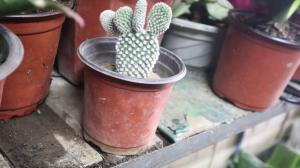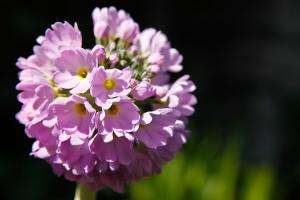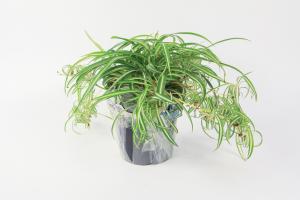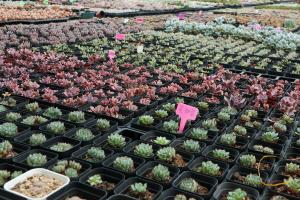Introduction
Aloe vera is a popular houseplant that is easy to maintain and has many health benefits. Known for its healing properties, this plant can be used to soothe skin irritations and burns. It is also an attractive addition to any home décor. One of the most important aspects of keeping aloe vera healthy is proper watering. In this article, we will explore how much water an aloe vera plant needs to thrive.
Understanding Aloe Vera Plant
Aloe vera is a succulent plant that is native to Africa but is now widely cultivated around the world. It stores water in its leaves, making it highly drought-resistant. In fact, overwatering is one of the most common mistakes that people make when caring for aloe vera. The plant is adapted to survive in arid conditions, so it is important not to overwater and risk root rot. Aloe vera is also known for its ability to remove toxins from the air, making it a great plant for improving indoor air quality.
Factors That Affect Watering
Before delving into how much water an aloe vera plant needs, it is important to understand the factors that can affect its watering requirements. These include the size of the plant, the pot size, the humidity, and the temperature. Larger plants in larger pots will require more water than smaller plants in smaller pots. Higher humidity and warmer temperatures can also increase the need for watering. It is important to monitor the soil moisture and adjust accordingly.
Watering Frequency
So, how often should you water your aloe vera plant? The answer will vary depending on the factors mentioned above. As a general rule of thumb, it is best to water aloe vera infrequently but deeply. This means waiting until the soil is completely dry before watering again. It is better to underwater than to overwater, as aloe vera is highly susceptible to root rot. In general, aloe vera should be watered every 3-4 weeks in the winter and every 1-2 weeks in the summer.
Watering Technique
The technique used to water aloe vera is also important. It is best to water the plant at the base, allowing the water to soak into the soil rather than sitting on the leaves. A watering can with a long spout or a spray bottle can be used to direct the water where needed. It is important not to get water on the leaves, as this can cause them to rot. Excess water in the soil should be drained to prevent root rot.
Signs of Overwatering and Underwatering
Knowing the signs of overwatering and underwatering is important for maintaining the health of your aloe vera plant. Signs of overwatering include wilting, yellowing leaves, and a mushy base. Signs of underwatering include shriveled leaves and a dry-looking base. It is important to adjust your watering routine if you notice any of these signs.
Conclusion
Proper watering is essential for the health of an aloe vera plant. Watering infrequently but deeply and monitoring soil moisture is key to preventing root rot. It is also important to water the plant at the base rather than on the leaves. By understanding the factors that affect watering and the signs of overwatering and underwatering, you can ensure that your aloe vera plant thrives for years to come.

 how many times do yo...
how many times do yo... how many planted tre...
how many planted tre... how many pine trees ...
how many pine trees ... how many pecan trees...
how many pecan trees... how many plants comp...
how many plants comp... how many plants can ...
how many plants can ... how many plants and ...
how many plants and ... how many pepper plan...
how many pepper plan...





























